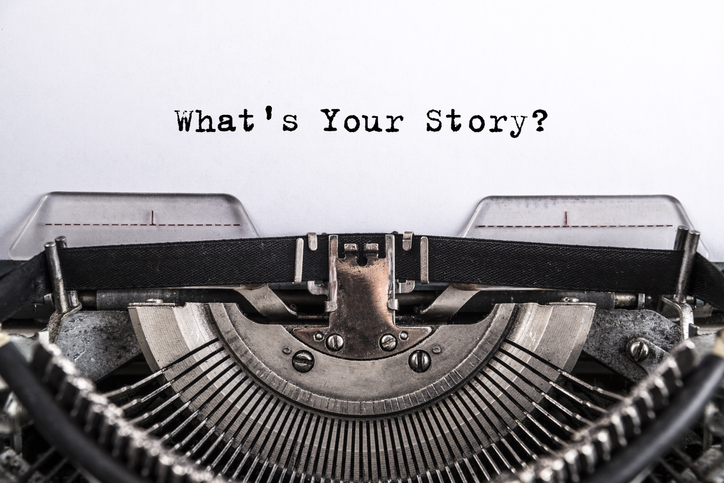
It’s time for another installment of “What is Marketing, exactly?” That&rsqu...
Read More

Financial industry regulators have been warning about the climate change threat for years. Recently,...
Read More

Time flies, doesn’t it? It’s been almost two years to the day that we posted a blo...
Read More

In our last blog, we talked a bit about marketing messaging; some of the art and science that goes i...
Read More